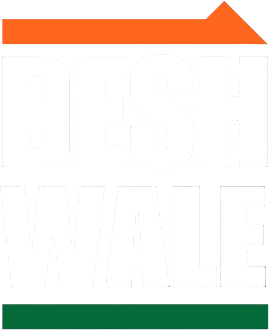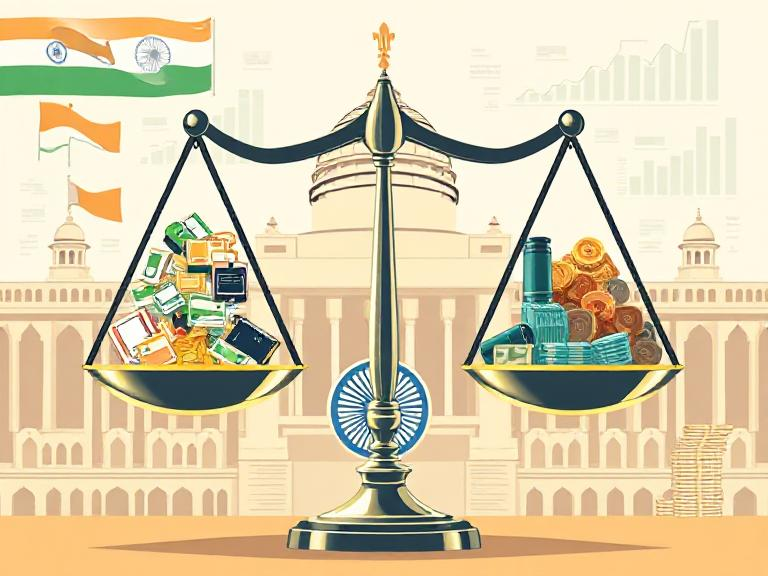Today, Union Finance Minister Nirmala Sitharaman presented the Union Budget 2025. The Union Budget, outlining several adjustments in customs duties that will influence the prices of various goods, needs a look to know what’s getting cheap and what’s getting costlier for us. The changes announced in the Union Budget aim to promote domestic manufacturing, support key industries, and make essential goods more accessible. Here’s a detailed breakdown of items expected to become more affordable and those likely to see price increases:
Items Becoming Cheaper
1. Life-Saving Medicines: The government has fully exempted 36 life-saving drugs, including those for cancer and chronic diseases, from Basic Customs Duty (BCD). This move is expected to make these medicines more affordable for patients.
2. Electronic Goods: A reduction in BCD to 5% has been applied to open cells and other components used in electronic products. This reduction is likely to lower the prices of smartphones, televisions, and other electronic devices.
3. Critical Minerals: Cobalt powder, waste and scrap of lithium-ion batteries, lead, zinc, and 12 other critical minerals are now exempt from BCD. This exemption is expected to reduce costs for industries reliant on these materials, such as renewable energy and electronics.
4. Electric Vehicle (EV) and Mobile Phone Batteries: Over 35 additional goods for EV battery manufacturing and 28 for mobile phone battery manufacturing have been added to the list of exempted capital goods. This step aims to boost domestic production and reduce dependency on imports.
5. Wet Blue Leather: Wet blue leather, a key material in the leather industry, has been fully exempted from BCD. This exemption is expected to lower the cost of leather products, benefiting both manufacturers and consumers.
6. Frozen Fish Paste (Surimi): The BCD on frozen fish paste has been reduced from 30% to 5%. This reduction will benefit manufacturers and exporters of surimi-based products, making them more competitive in international markets.
Items Becoming Costlier
1. Textiles: To promote domestic production of technical textile products such as agro-textiles, medical textiles, and geo-textiles, the government has proposed adding two more types of shuttle-less looms to the list of fully exempted textile machinery. However, the BCD rate on knitted fabrics has been revised from “10% or 20%” to “20% or ₹115 per kg, whichever is higher,” which may lead to higher prices for certain textile products.
2. Marine Products: Certain marine products may become more expensive due to adjustments in customs duties aimed at encouraging domestic production. This change is expected to impact the prices of seafood items in the domestic market.
3. Leather Goods: Items such as leather belts, shoes, and jackets are expected to see price increases following changes in customs duties. The government aims to support domestic leather manufacturers, but this may result in higher costs for consumers.
Key Highlights of Customs Duty Changes
- Cheaper Items: Life-saving medicines, electronic goods, critical minerals, EV and mobile phone batteries, wet blue leather, and frozen fish paste.
- Costlier Items: Textiles, marine products, and leather goods.
So, the Union Budget 2025 reflects the government’s strategy to balance promoting domestic industries with making essential and strategic goods more accessible. While the reduction in customs duties on life-saving medicines, electronic goods, and critical minerals is expected to benefit consumers and industries, the increase in duties on textiles, marine products, and leather goods may lead to higher prices for these items. These adjustments underscore the government’s focus on self-reliance, domestic manufacturing, and economic growth. Consumers and businesses should anticipate these changes and plan accordingly to navigate the evolving market landscape.


